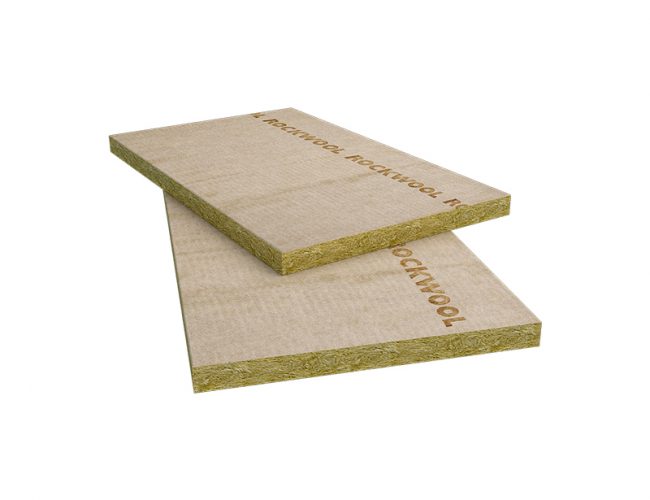Noise can have a significant impact on people’s health and well-being. The noise insulation of buildings reduces disturbances caused by both common impact noise and airborne noise.
Buildings must have better acoustic insulation. This will help improve their health. It is possible to comply with noise protection regulations by installing soundproofing systems in buildings.
What is Building Sound Insulation?
To achieve more comfortable interior spaces at an acoustic level, it is important to control the sound waves and openings surrounding the building.
It is important to consider the interior compartments (e.g. floors and partitions) and any cracks or fissures that could allow for infiltration.
However, drainage and ventilation systems, chimneys, bathtubs or beams, can make noise or favour its transmission.
This applies to light holes, sockets, switches, and other electrical components. These elements should be covered with insulating rockwool material, and any holes must be sealed.
How Can Building Elements Be Soundproofed?
There are many insulation options available, including fibreglass, rock wool and expanded polystyrene EPS. Extruded polystyrene XPS, cellular glass, phenolics, elastomeric, and polyurethane styrene XPS.
A generous warranty will be provided for your soundproofing foam installation. The best thing about soundproofing foam is its noise-deadening capabilities.
If your home is near traffic lights, you have likely longed for a way of blocking out the noise. This is especially important if you want to sleep well at night.
How Can Sound Insulation In An Existing Building Be Improved?
Polyurethane’s great sealing ability is what makes it so acoustic. This applies not only to homes in urban areas but also to high-noise places like discotheques and factories and other places that are subject to noise, such as cafes, factories, and places with a lot of air traffic.
It absorbs noise effectively and insulates buildings because of its structure. Open-cell foam is the best foam for building acoustic sound insulation. To achieve complete acoustic comfort, it can be used on floors, ceilings, and partitions.
Acoustic insulation of facades can be achieved by injecting polyurethane into the existing air gap. Some sprayed polyurethane systems can be used to insulate floors and slabs acoustically.
Polyurethane foam seals doors, windows, and sanitation by creating a continuous layer with high adhesion without overlaps or joints.
Here Are Some Basic Characteristics:
Soundproofing materials come in various levels and can be used on floors, ceilings, and walls.
1) Similar to traditional drywall. This drywall is more expensive than traditional drywall, but it has some advantages for soundproofing.
2) It is heavier than regular drywall and therefore more difficult to cut. It is the easiest to install in terms of technical labour. It is much more effective than other soundproofing methods.
3) Independent testing backs up the test data, and product performance is well documented.
The Best Soundproofing Materials – The Three Best Types
Sound absorption is necessary to improve the sound quality in a room. This is the process used to create a recording studio or a home theatre.
Acoustic floor insulation aims to prevent sound from entering or leaving a space.
Rockwool is another option for insulation. The new production methods are similar to making cotton candy using molten rock spun at high speeds to create intertwined fibres of approximately 6-10 micrometres in diameter.
When pressed into rolls or sheets, this material can absorb and insulate sound. Rockwool insulation is approximately $0.80 per square foot.
Remember that no matter what acoustic insulation you choose, peace will be your ultimate goal.
Insulators Offer A Unique Advantage
It can absorb and remove moisture and heats and cools during this process. Wool can therefore absorb moisture from your home, which will prevent condensation.
It has plastic memory. This does not mean that wool is plastic, but that it can keep the same shape as before it left the sheep.
Our insulation uses less energy than traditional insulation materials.
Rockwool pipe insulation can absorb indoor pollutants like formaldehyde and nitrogen dioxide, and sulfur dioxide.
Wool is a renewable and sustainable resource. Every year, our sheep produce a new crop. Wool can be recycled completely after its use as insulation.
kooltherm pipe insulation has excellent sound absorption properties and provides much greater acoustic insulation value than traditional insulation for similar applications.
Kingspan pipe insulation can be used to insulate pipes from fire, but our wool is treated using a natural solution made of organic materials. This provides unrivalled fire and vermin resistance.
These materials are chemically bonded to the wool fibre and not “glued on” like other insulation products. Insulating your roof space is a keen investment.
Soundproof Foam: Other Things You’ll Love
Soundproof foam will not only lower your energy bills but also save you money over other soundproofing methods.
One, it allows you to have full access to every room while soundproofing foam is being installed. Another, the labour costs for installing it will be much lower than any other soundproofing Business.
Your soundproof foam will not only eliminate noise from your home but will also prevent you and your family from being disturbed by the noise.

